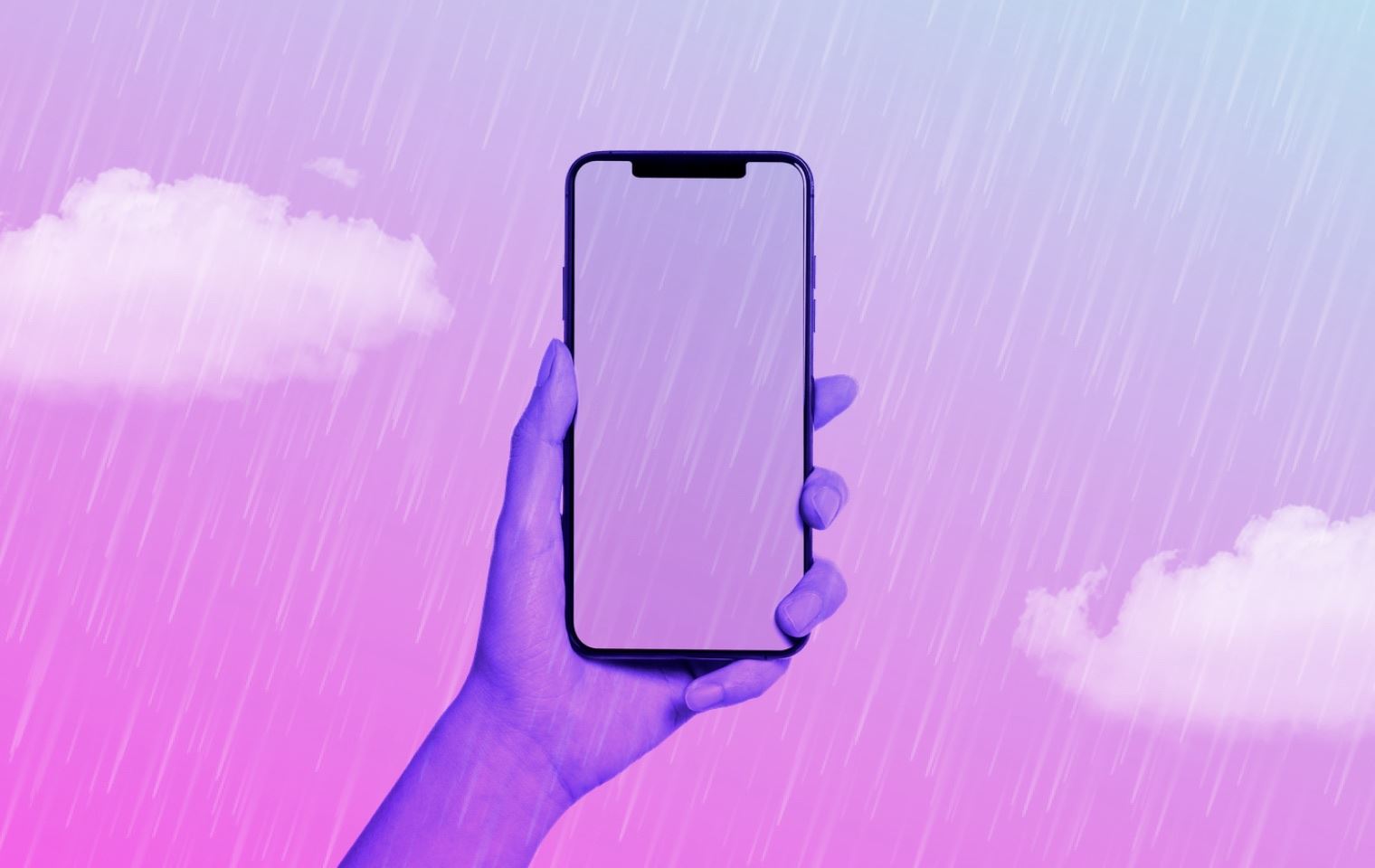When it comes to planning a campaign, most clients want to get the best bang for their buck. I mean, who doesn’t, really? There are multiple goals a client might want to achieve at any given time—and at Arm Candy, we have perfected the art of executing campaigns that efficiently drive results.
The challenge is, not all goals can be solved with one campaign. In fact, it’s important to focus on one overarching goal, and one result, which allows us to customize a media plan that will lead to a successful campaign for our client.
An ‘eye-catching’ tactic that is often suggested by brands, specifically in the automotive industry, is weather-triggered ad units. The idea behind this visual ad, is that it will: achieve high ad recall, which reaches a specifically targeted audience, and ultimately meet the primary goal of driving conversions.
Unfortunately, it’s challenging to do all three of these things using weather triggers.
Weather-triggered ads can certainly drive high awareness across relevant audiences, but they often suffer at meeting conversion-based media objectives.
To understand why, we need to get in the weeds of campaign execution.
Conversion-campaigns perform best when fewer changes are made. This provides the algorithms with the maximum amount of learning to deliver ads to users who will convert. Facebook even calls this initial period of campaign launch the ‘Learning Phase.’ Getting through this learning phase is crucial to achieve efficient conversions.
This is the root of why weather-triggered ads struggle on conversion campaigns. These units are consistently turning on and off throughout a campaign’s lifetime—every time the weather changes. This prevents campaign optimizations from holding in the algorithms, and can sometimes reset optimization every time they go on and off. Because of this, it’s rare for performance results to be significantly different enough to glean strategic learnings. While weather-triggered campaigns can see high CTRs, we’ve seen 10x results in conversion-based campaigns once weather-triggers are removed.
Weather-triggering, even though technically an audience and targeting strategy, is considered a type of rich media and will have upcharges, inflating CPMs. This means your ad dollars have less reach, and more costly results.
How to run weather-triggers
When executing weather triggers, it’s important to remember that each creative version needs to have a general weather ad, and a wet weather (or snow) counterpart. And these two versions should look significantly different from each other to emphasize that, it is in fact, being delivered as part of a weather pattern.
There is a misconception that weather-triggering can be run by only delivering ads to people when the weather is not dry. This is technically true. If in doing this, there is no control over media delivery. A campaign budget could have awkward pacing, or you could severely underdeliver because the desired weather event never happened.
To ensure even delivery and reach the full audience potential, an ad should exist for both general weather and the targeted weather event. This allows for a more consistent brand message for the audience that changes when the weather changes, and shows how the brand is relevant regardless of weather conditions.
Weather-triggered ads can be a creative way to reach consumers if the brand’s message can be relevantly tied to changing weather patterns. However, these are best used for more flashy brand awareness plays where the goal is to reach new potential customers and should be avoided if the goal is any type of website or purchase action.
Selecting the right partner
There are plenty of partners for weather-triggering ads for a programmatic media mix. Partners can typically base triggers on current weather conditions or projected conditions. When executing this tactic, we vet all possible data partners and evaluate their cost and quality of data, as weather-triggered ads aren’t all that effective if the triggers are not timely with the weather changes.
Facebook and Instagram can also deploy weather-triggers, but this can come with some executional challenges. We’ll strive to execute the most real-time method that provides a balance of efficiency and audience quality.
Need to weigh your options? Here’s a breakdown of the pros and cons to weather-triggered ads!
| Pros | Cons |
| Good for awareness campaigns | Not efficient for conversion campaigns |
| New ways to catch an audience’s attention | Upcharges create higher rates |
| Interesting way to target an audience | Less reach due to higher rates |
| Only available on programmatic or Facebook |
Have more questions? Let us know, and we’ll find out if weather-triggers are the right tactic for your plan!


